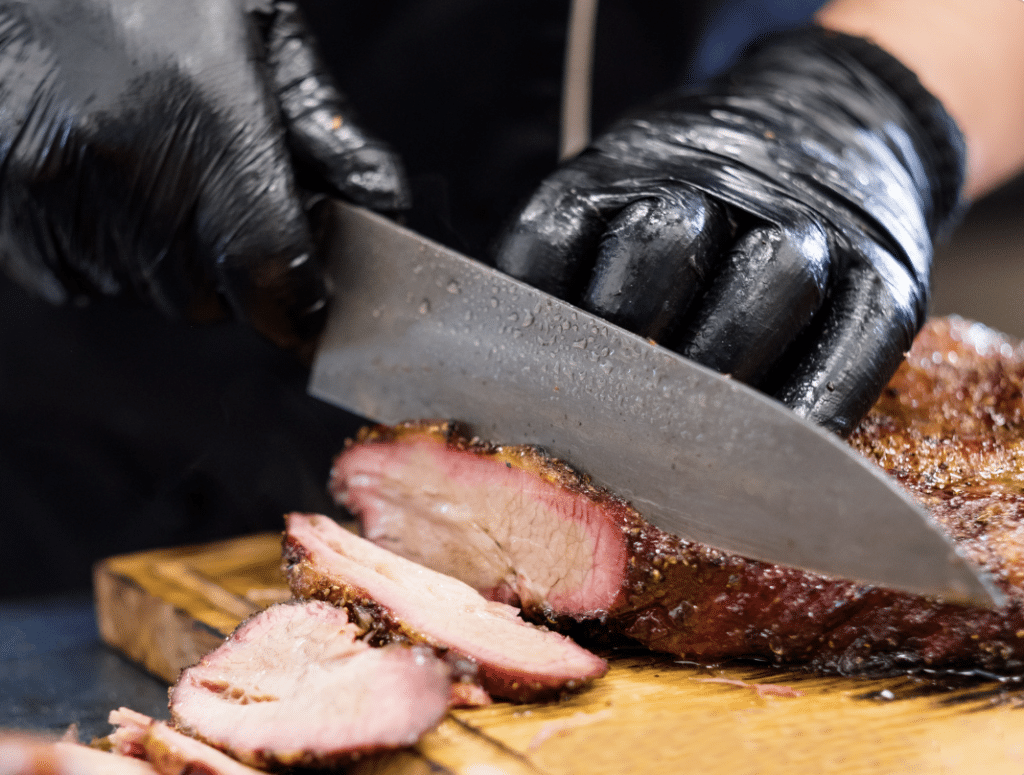Mastering The Grill: Check Out These Professional Techniques For Grilling
Master the art of perfect grilling in a restaurant setting. Learn preheating, searing, temperature management, and more. Elevate your culinary creations today!
When it comes to running a successful restaurant, perfecting your technique on the grill is essential. Grilling techniques can make or break your dishes’ flavor, texture, and presentation. As July marks National Grilling Month, there’s no better time to elevate your restaurant’s grilling skills to new heights. By utilizing the right equipment and adopting professional techniques, you can take advantage of this grilling season and impress your customers with perfect grilling results. In this blog, we will explore some expert techniques that will help you achieve grilling perfection.
Preparing for Grilling Success
Before the grilling process begins, thorough preparation is key to ensuring a seamless cooking experience. Here are some essential steps to follow:
- Choosing the Perfect Grill: At Southwest Restaurant Equipment, we understand the importance of selecting the right grill for your commercial kitchen. Our knowledgeable and friendly staff is ready to assist you in finding the perfect grill from our wide range of high-quality options. Whether you require a versatile gas grill for a summer barbeque or an electric countertop grill for crafting the perfect panini, our selection caters to diverse cooking styles and requirements.
- Preheating: Preheating your grill is crucial for achieving consistent and even cooking. For gas grills, preheat the grill to a temperature of 400°F to 450°F (204°C to 232°C) for optimal results. Allow ample time for your grill to reach the desired temperature before placing food on the grates. This step ensures that your ingredients cook evenly and helps to develop those coveted grill marks and flavors.
- Cleaning and Oiling the Grates: Clean the grates with a scraper to ensure optimal heat distribution and prevent sticking. Before each grilling session, brush the grates thoroughly and apply a light coat of oil to create a non-stick surface.
Enhancing Flavor with Marinades and Seasonings
- Marinades: Marinades are a fantastic way to infuse flavor into your grilled dishes. Whether you’re working with meats, poultry, seafood, or vegetables, marinating them prior to grilling can elevate their taste to new heights. Create your own signature marinades using a combination of herbs, spices, oils, and acidic ingredients like citrus juices or vinegars. Allow the ingredients to mingle and impart their flavors by marinating the food for the recommended time, which varies depending on the type and thickness of the ingredients.
- Dry Rubs and Seasonings: Dry rubs and seasonings are another effective way to enhance the flavor profile of grilled dishes. A dry rub is a mixture of spices, herbs, salt, sugar, and sometimes other ingredients that is generously applied to the food before grilling. The rub creates a flavorful crust and adds depth to the overall taste. Experiment with different combinations of spices and herbs to create unique and enticing flavor profiles that complement your menu offerings.
- Timing and Application: Timing is crucial when using marinades, dry rubs, or seasonings. With marinades, allowing enough time for the flavors to penetrate the food is essential, but be cautious not to over-marinate, as acidic ingredients can break down the texture. Dry rubs and seasonings should be applied just before grilling to ensure they adhere well to the food’s surface and develop a flavorful crust during the cooking.
By incorporating marinades, dry rubs, and seasonings into your grilling repertoire, you can unleash a symphony of flavors that will leave your customers wanting more. Experiment with different combinations and techniques to discover the perfect flavor profiles that suit your culinary vision.
Mastering the Grill
Now that your grill is prepped, it’s time to dive into professional grilling techniques that will elevate your culinary creations:
- Direct and Indirect Heat: Understanding the concepts of direct and indirect heat is vital. Direct heat is ideal for searing and creating beautiful grill marks, while indirect heat is perfect for slow cooking or smoking.
- Searing Techniques: To achieve that coveted crust and seared flavor, sear your proteins or vegetables on high heat, then move them to a lower heat zone to finish cooking. This technique helps lock in moisture and enhance the taste.
- Managing Grill Temperature: Maintaining a consistent grill temperature is essential. Utilize the grill’s built-in temperature gauges or invest in additional thermometers to monitor heat levels accurately.
Safety First
Safety should always be a priority when working with grills. Ensure your restaurant staff follows these grilling safety tips:
- Proper Ventilation: Adequate ventilation prevents the accumulation of harmful gases. Install an efficient exhaust system to maintain a safe working environment.
- Regular Maintenance: Regularly inspect and maintain your grills to ensure they are in optimal condition. Clean grease traps, check gas connections, and replace worn-out parts promptly.
Get Grilling
Put the grilling techniques outlined into practice to transform your restaurant’s menu and delight your patrons. With the right grill, thorough preparation, and precise heat management, you can deliver outstanding grilled dishes that captivate your customers. Keep refining these skills to ensure your grilled meals consistently impress and satisfy, reinforcing your restaurant’s reputation for culinary excellence.

